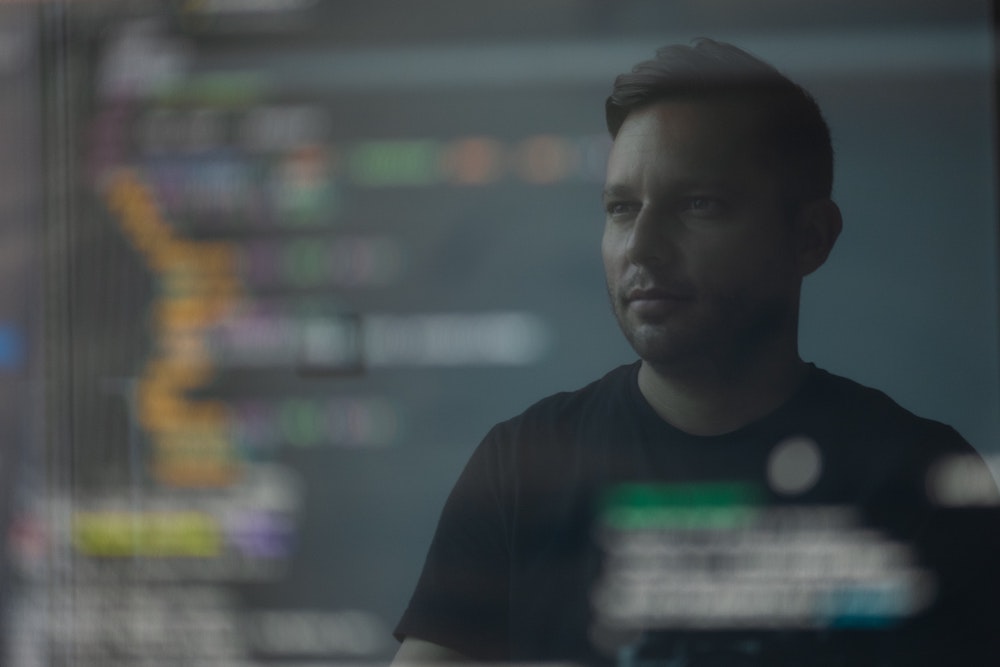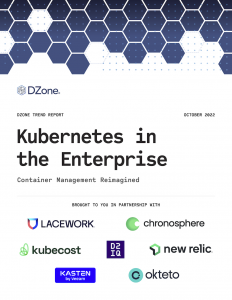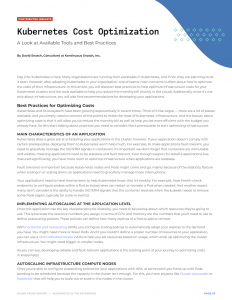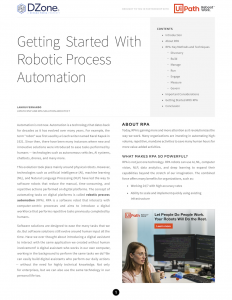
The Value of Technical Content, As Told By a Cloud Architect
As a software and cloud architect, it’s important to know and understand the latest technologies and frameworks. This information allows me to invest my time in learning proper technology or changing my technical focus. Businesses offering software and development solutions stand to benefit from creating content and participating in third-party resources cloud architects like myself use to understand the value of their solutions.
Identifying a Technical Focus through Content
In the fast-paced tech world, it’s important for architects, developers, data scientists, DevOps, and other IT engineers to adapt to the market quickly. As a technical mentor, many have turned to me seeking advice on prioritizing the technologies and frameworks that must be learned. Useful resources that help me give this guidance include technical content, including articles, blogs, eBooks, white papers, trend reports, case studies, and more.
From Education to Real-Time Solutions
The awareness and knowledge of trends, technologies, and tools is step 1. The next step is identifying which platforms and solutions will be the best for the enterprise. Once again, making a decision about which platform and/or solution to select can be an obstacle for software and IT professionals. The information in technical content, including the visibility of sponsoring companies, resolves this. The association of the product to the topic in the technical content allows the reader to enlist the product to use it in their toolset and solve challenges while executing tasks.
Below, I’ve gathered a list of DZone Publications that can be a good example of value for business IT products and IT professionals based on personal experience.


Kubernetes has become a de facto platform standard for building highly available and scalable applications. An article I’ve found useful is about Kubernetes cost optimization. The main takeaway is using Cluster Autoscaler or Karpenter which helps me to scale out or scale in the nodes in the cluster. The solution allows me to build cost-efficient solutions for my customers.

Getting Started With Robotic Process Automation provides a deep introduction to RPA(Robotic Process Automation). This Refcard caught my attention on how to reduce human manual work. I’ve noted how tools like UiPath and AI-based logic can be used to extract data from documents.
Value of Peer-Based Learning
As a technical journalist, I’ve observed the value of peer-to-peer learning through technical content written by topic experts. When working on client projects and building complex architecture, I have ended up with many solutions. I, like many others in my role, may sometimes have to start from scratch or partially use existing solutions. When nothing exists in our knowledge base, it requires inventing something new. Contributing to IT research ensures my peers get this knowledge and reduces the pain point of implementing a totally new solution from scratch. Given this community of shared learning, sponsors of third-party technical content get the benefit of associating their product with the topic. The reader is then able to enlist the product to use it in their toolset and solve challenges while executing tasks.
Keeping up-to-date with the latest technology trends is important to my role as a technical architect. Understanding where my peers and I should invest time and not get distracted by short-term hype. Together, the various technical content available gives a well-rounded view of these priorities.
Selecting the Right Content
Considering a variety of technical content authored by experts in the subject provides a varying range of benefits in software development and IT education. Beginning from a big-picture outlook, understanding where my technical focus must be is supported by reports that share trends in a technical domain. Key categories that are important to my role in the enterprise include observability, microservices, Kubernetes, and event-driven architecture, among others. Content such as a Trend Reports provide expertly written articles that offer an overview of a specific technology, answering the question of which technologies and frameworks should be prioritized in education. These trends also help to prioritize investments to drive new growth, efficiency, resilience, and innovation.
Once a focus is identified, taking a closer look into the topic drives how to actually put the technology to practice. Tutorials, how-tos, and cheat sheets provide mini-courses in the specific framework or technology domain through introductions and step-by-step examples to solve the problem.
DZone provides an opportunity for tech professionals to learn quickly and gain visibility on the market by contributing their articles to Trend Reports and Refcards. Additionally, sponsoring partners benefit from the visibility and interest built with readers of the content.
DZone Premium Publications
DZone Trend Reports provide software professionals with a current, forward-looking view of established and emerging technology trends to help them identify emerging trends and proactively drive decision-making.
Refcards are industry-specific primers that provide best practices to ensure that enterprises get the most out of a technology or tool. These powerful, actionable resources are written by subject matter experts – sourced by DZone – equip readers with the tools they need to expand their development skillset.
For more information on DZone Publications, please contact sales@dzone.com.
Author: Boris Zaikin, Software and Cloud Architect at Nordcloud GmbH
Boris is a Certified Software and Cloud Architect who has solid experience designing and developing complex solutions based on Azure, Google, and AWS clouds. He has expertise in building distributed systems and frameworks based on Kubernetes and Azure Service Fabric. His areas of interest include enterprise cloud solutions, edge computing, high-load applications, multitenant distributed systems, IoT solutions.
@borisza on DZone | @boris-zaikin on LinkedIn | Boris Zaikin website